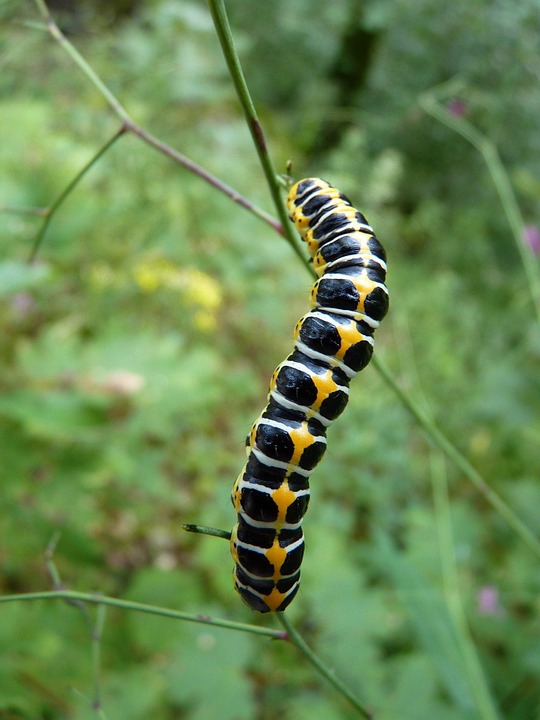Unveiling the Silent Killers: The Devastating Impact of Plant Diseases
Plant diseases are often overlooked, yet they pose a serious threat to global food security and the environment. These silent killers can devastate crops, leading to significant economic losses and food shortages. In this article, we will explore the impact of plant diseases, common types of diseases, and ways to prevent and manage them.
The Impact of Plant Diseases
Plant diseases have a profound impact on agriculture, affecting both crop yields and quality. According to the Food and Agriculture Organization (FAO), plant diseases are responsible for the loss of up to 40% of global food production each year. This not only affects farmers’ livelihoods but also leads to food shortages and increased prices for consumers.
In addition to economic losses, plant diseases can also have environmental consequences. For example, the use of chemical pesticides to control diseases can harm beneficial insects, pollute water sources, and contribute to soil degradation. Furthermore, the spread of plant diseases can lead to the loss of biodiversity and ecosystem stability.
Common Types of Plant Diseases
There are various types of plant diseases, each caused by different pathogens such as fungi, bacteria, viruses, and nematodes. Some of the most common plant diseases include:
1. Fungal Diseases
Fungal diseases are among the most common and damaging plant diseases. They can affect a wide range of crops, including cereals, fruits, and vegetables. Examples of fungal diseases include powdery mildew, rust, and Fusarium wilt.
2. Bacterial Diseases
Bacterial diseases can cause wilting, leaf spots, and rotting in plants. Some examples of bacterial diseases include bacterial blight, bacterial canker, and fire blight.
3. Viral Diseases
Viral diseases are caused by plant viruses and can lead to stunted growth, yellowing of leaves, and reduced fruit production. Examples of viral diseases include tomato mosaic virus, cucumber mosaic virus, and potato virus Y.
4. Nematode Diseases
Nematodes are microscopic worms that can infect plant roots, causing stunted growth and reduced yields. Some common nematode diseases include root-knot nematode and cyst nematode.
Prevention and Management of Plant Diseases
Preventing and managing plant diseases is crucial for maintaining healthy crops and sustainable agriculture. Here are some strategies to prevent and manage plant diseases:
1. Crop Rotation
Crop rotation involves planting different crops in the same field each season to reduce the build-up of pathogens in the soil. This can help prevent the spread of diseases and improve soil health.
2. Use of Resistant Varieties
Planting resistant varieties of crops can help reduce the risk of disease outbreaks. Resistant varieties are bred to have genetic traits that make them less susceptible to specific diseases.
3. Proper Irrigation and Drainage
Proper irrigation and drainage can help prevent waterlogged conditions that promote the growth of pathogens. Overhead irrigation should be avoided to reduce the spread of fungal diseases.
4. Sanitation Practices
Sanitation practices such as removing infected plants, cleaning tools and equipment, and disinfecting greenhouse surfaces can help prevent the spread of diseases.
5. Biological Control
Biological control involves using beneficial organisms such as predators, parasites, and pathogens to control plant diseases. This can help reduce the reliance on chemical pesticides.
Conclusion
Plant diseases are a silent but significant threat to global food security and the environment. By understanding the impact of plant diseases, recognizing common types of diseases, and implementing prevention and management strategies, we can work towards sustainable agriculture and a more secure food supply.
It is crucial for farmers, researchers, and policymakers to collaborate and invest in research and development to combat plant diseases effectively. By raising awareness and taking proactive measures, we can mitigate the devastating impact of these silent killers and ensure a more resilient and sustainable future for agriculture.























































